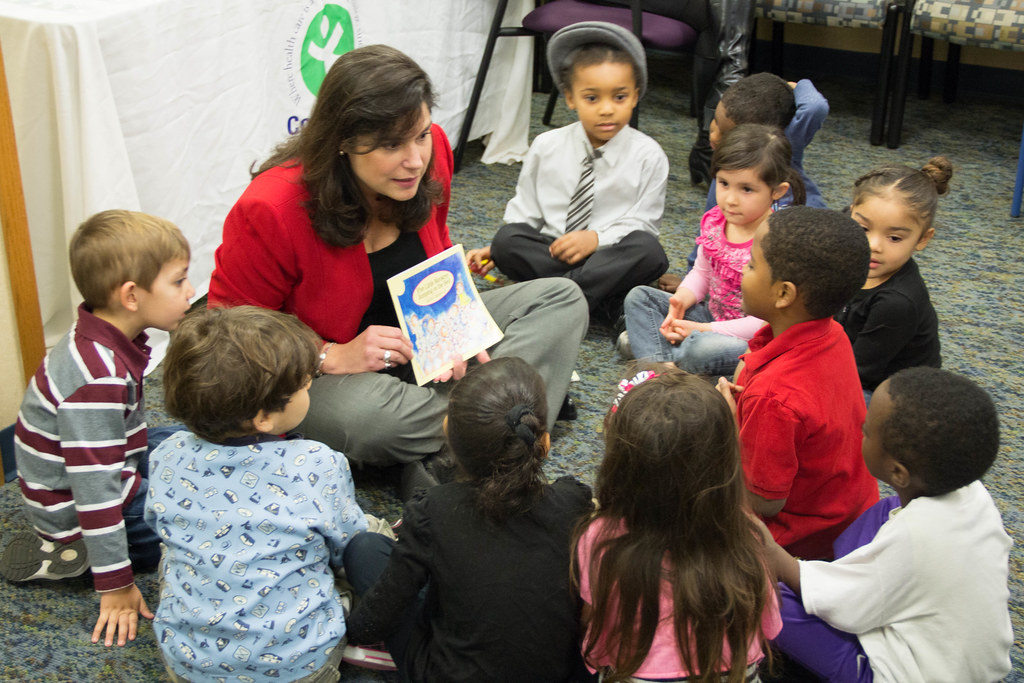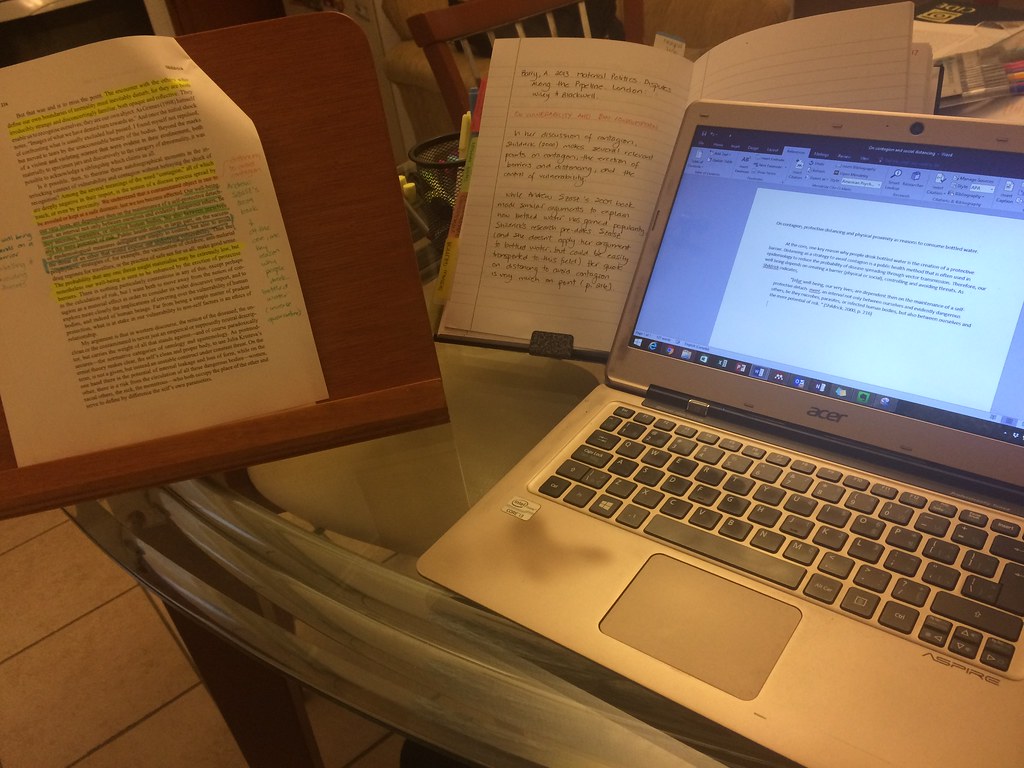Writing involves a lot of aspects, a lot of steps we must consider for a successful paper. However, the bad idea presented here is the obsession about the writing process over the real purpose of writing, which is the product. In his essay, “The More Writing Process, The Better” published in the book Bad Ideas about Writing (P.109-114), Jimmy Butts believes that a better idea is in the fact that we should focus our attention on the “finished product,” rather than spending tons of hours on the writing process. Doing this will help the writers complete those beautiful drafts, which we are after.
When it comes to writing, we tend to approach it from different angles, different points of view. We all were taught to see writing more as a process, if we want to become good writers. That involves prewriting, editing, revising. Essentially, everyone has an idea of the fact that a paper wouldn’t be a good one if you don’t follow these steps. Undoubtedly, they play a significant role in the quality of our essays. However, the process tends to delay us from our main objective, which is to get things done. Jimmy Butts illustrates this problem when he says “Many embraced a kind of slower process in the teaching of writing that resisted the kind of production-line expectation of written work that can sometimes arise along with a lot of expectations. All of this was good. It was a valuing of the human as a writer, but it began- I suspect- to devalue the written work” (Butts 110). In other words, the fact that we spend too much time thinking about an essay such as prewriting, revising, all those repeated actions push writing or finished drafts into the background and leave out the real appreciation of our essays. Moreover, it is irrelevant to focus our energy and time on the process and forget to get things done. We can’t embrace a slower process if at the end, we can’t produce anything. So, writing doesn’t solely involve a kind of recursive process because, after a while, it takes us away from our main goal. Butts assimilates this activity as “unimportant”. Butts supports his thought when he says that “Revising too much can be unethical, a waste” (Butts 113). We should appreciate the written work itself. For example, in Basketball or football, it is like spending time to appreciate a team’s playstyle but at the end they never win the game. The process is not important if the product of our work is good.
Writing can be a little bit complex if we think about the steps that go from brainstorming to publishing but we should always stay focused and pay more attention to the outcome. Obviously, writing takes time and requires some background work, but writers shouldn’t be obsessed about completing too much process which looks more like a never-ending thing. Instead, writers should appreciate the work done in their normal. In fact, when writers delay the written work, they end up rushing to meet deadlines and more than likely it leads either to a crappy product or they can’t even turn it in at all. That is, Megan McArdle in her essay “Why Writers Are the Worst Procrastinators” dives into that problem. She said, “Most writers manage to get by because, as the deadline creeps closer, their fear of turning nothing eventually surpasses their fear of turning in something terrible” (McArdle 2). In other words, writers spend a lot of time revising their papers, thinking too much about how their paper can look better that they forget the essence of the work itself, which is to produce. For instance, most writers are paralyzed by the fact that they focus all their attention on the process, which is somehow hard to appreciate.
Furthermore, Hannah Sullivan, the author of the book the work of revision explains the link between “a text’s thematic or formal concerns to its genesis” (Sullivan 5). That is, she emphasizes on the fact that the form of a work doesn’t determine its method of composition and revision. She believes that we inherited these virtues of redrafting and rewriting from the modernism. The modernist approach of rewriting, to touch up can sometimes go a little bit too far. In fact, sometimes writers tend to revise a little bit more to justify the difficulty and value of their work.
Finally, Butts ended his argument when he said, “Writing is construction, but thinking about writing is never arriving at what we might create” (Butts 113). Writing should be seen more as a product, something we must achieve. Writing takes time and the process can’t be disassociated to the product, but writing is more complex than that. Students should be taught to get things done, instead of endless drafts. We should complete the work and give more credit to finished drafts themselves.
Work cited
Butts, Jimmy “The More Writing Process, the Better”, Bad Ideas About Writing, Digital Publishing Institute, https://textbooks.lib.wvu.edu/badideas/badideasaboutwriting-book.pdf
McArdle, Megan “Why Writers Are the Worst Procrastinators”, The Atlantic, Feb 12, 2014, https://www.theatlantic.com/business/archive/2014/02/why-writers-are-the-worst-procrastinators/283773/
Sullivan, Hannah, The Work of Revision, Harvard University Press, 2013.
















